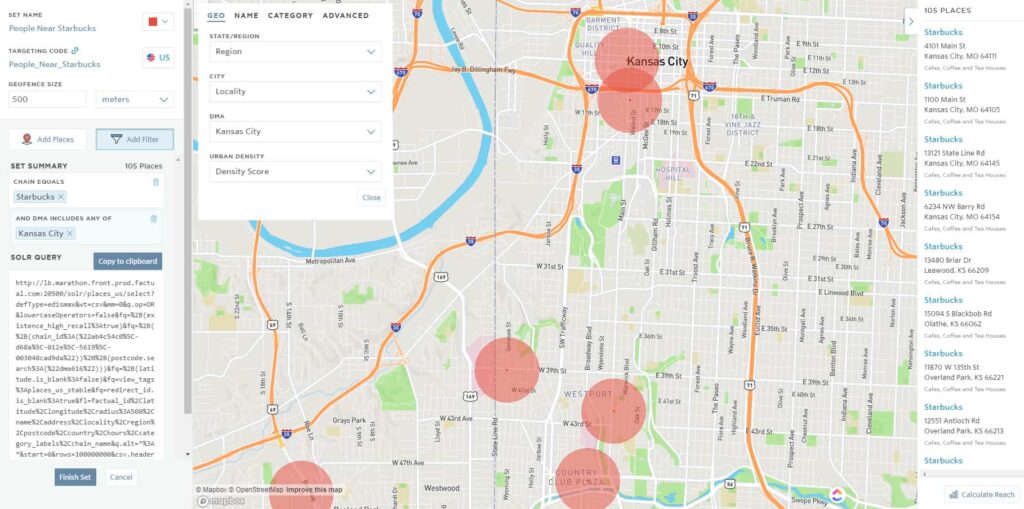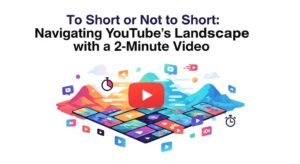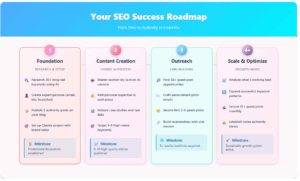Have you ever been to a coffee shop, and the next time you look at your phone, you are served an ad for that brand? I?m sure many of us have had a similar experience with ads on our phone. But how do these brands know where you?ve been?
Location-based ad targeting can help your brand reach the target market at precisely the right time. However, there are different tactics you can use to do that. Do you need to reach them when they are at a specific location? Or do you want to reach someone who has previously visited a certain location?
The rise of programmatic ad buying has grown in recent years because the ability to build custom audiences has become easier. Combine a growing technology with lower budget barriers for advertisers and it is a perfect recipe for more small and local business to get-in on the action.
The idea is very simple but the complexity in ad technology and understanding the media buying difference between pure geofencing and geoframing is not understood. Here, we will go over the differences between geofencing and geoframing and provide some best use cases to help you decide which tactic is most appropriate for your next programmatic ad campaign!
What is Geofencing?
Geofencing is the advertising technique that allows businesses to target mobile devices based on their location. Using geofencing, brands can serve people who carry their phone into a specific location a mobile ad. Geofencing allows businesses to reach potential customers in real-time to bring awareness to their brand.
How to Use Geofencing
Marketers create a boundary (or fence) around a specific destination or address. Sticking with our coffee shop example, a local coffee company (such as The Roastarie or Parisi Coffee) could benefit from geofencing Starbucks locations in Kansas City to attract their coffee drinkers as potential customers.
Knowing that Starbucks locations pull in customers on their way to work in the morning would allow locally owned coffee shops to compete for this audience. By creating a fence around local Starbucks locations, you can serve ads to anyone in the location who is on their phones. This happens when a device?s location data is sent to the ad network.
For example, you can see a 500-meter geo-fence around every Starbucks in the KC DMA would target 105 store locations. Using this fence, the local shop could reach coffee drinkers with branded ads to help grow their customer base, and ?steal? loyal Starbucks goers.

Designing a Polygon Geofence
Custom shapes are also popular when it comes to geofencing a larger area at an exact time. Considering that many event centers and hotels have major interstates nearby, having the ability to create a custom shape allows your brand to exclude the people driving on the highway.
For example, if we wanted to target fans at the next baseball or football game, we would draw a shape around the perimeter of the event. Notice how we avoid traffic on I-70 with the custom shape below.

The good news is this level of tagging is possible, the bad news is that it requires a bit of complex longitude and latitude coding to get right. Polygon Geofence needs to be coded in to geoJSON or WKT format. These are the two formats used by audience data companies like Factual.
Benefits of Geofencing:
- It allows you to reach an audience at a precise moment.
- Great for large events, like conferences, to reach a specific market during a narrow timeframe.
- Geofence boundaries can get within 100 feet of a location. This allows businesses to hyper-target specific locations, to make sure neighboring stores are not included.
Because real-time location data is often limited due to the number of device IDs in a single location, we typically recommend many geofences across business locations that see a healthy amount of daily foot traffic. Conferences and multi-day events are great for this type of ad buy because many people will be pulling out their phone to check social media, news, weather apps, or other apps that will provide their location data.
What is Geoframing?
Geoframing is a technique that uses latitude-longitude data to form a polygon around a selected area to reach devices that are either currently or have previously been in the frame. This tactic is like retargeting ads in the sense that you are reaching consumers after they have shown interest in a specific destination or set of destinations.
Geoframing also allows media buyers to layer on additional audience targeting based on these polygonal regions. For example, let us say you want to reach users who have visited a Starbucks in Kansas City over the last six months. With a large audience size, you now have enough data to enable the campaign to layer targeting segments like age, gender, household income, and other demographics.
Layering on targeting segments will create a hyper-focused audience for the campaign to reach. This will allow your brand to get in front of your exact audience, limiting impression waste by targeting anyone who had been in the frame.
How to Use Geoframing
The main benefit of geoframing is the use of historical location data and adding on behavior segments to help define a custom audience. If you wanted to reach coffee drinkers who were over the age of 30, had a household income of $150,000, and had recently been to a Starbucks, geoframing allows you to do that. You can home in on your target audience without having to waste impressions on anyone entering a location. It?s like geofencing on steroids!
Benefits of Geoframing:
- Reach people who have previously visited a location with a six-month look-back window.
- Additional targeting segments are available to focus on a specific target audience.
- Segment audience and limit the number of wasted impressions.
- Enhance brand awareness by only reaching your target audience.
Deciding Which Option Is Right for You
Overall, you cannot go wrong by including either tactic (or both) on your next media plan for an awareness campaign, but there are benefits of using one over the other. Both tactics allow advertisers to market to an audience using location data, so how do you choose between the two?
To put it simply, both are great at driving awareness for any brand. When it comes to deciding which tactic is the best fit for your company, simply ask yourself a few questions:
- Are you trying to reach people in a specific moment? Or just a specific area?
- Do you want to reach consumers after they leave the location you are targeting?
- Are you wanting to layer on any targeting segments?
Once you have the answers to these questions, you will know which tactic is best for your campaign.
How Do I Execute a Geo-Location Campaign?
Now that you are more familiar with which geo-location tactic you want to use, the next question to ask is, ?How do I get this live?? Have no fear! Rank Fuse is here to help plan, build, and implement the media buying for your brand.
At Rank Fuse, our team of paid media specialists will answer all your questions and ensure your campaign is set up to succeed. Our media buyers do daily campaign checks to guarantee the campaign is pacing evenly throughout the month, no tracking issues occur, your brand is appearing on quality websites, and much more!
Whether you?re ready to turn a geo-location campaign on, or have further questions about how it all works, contact us today and allow our team to help you reach your business goals.





